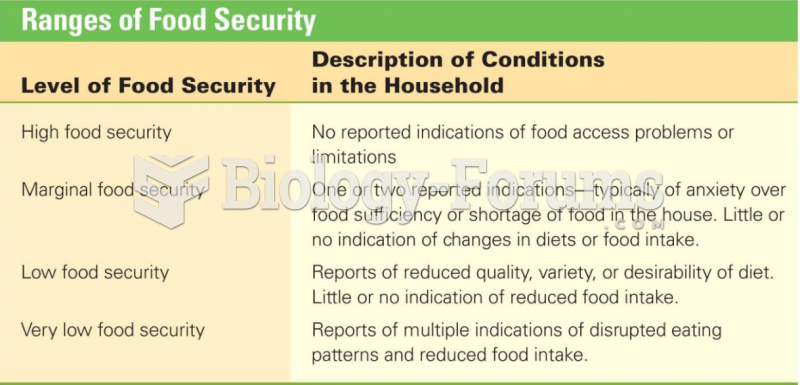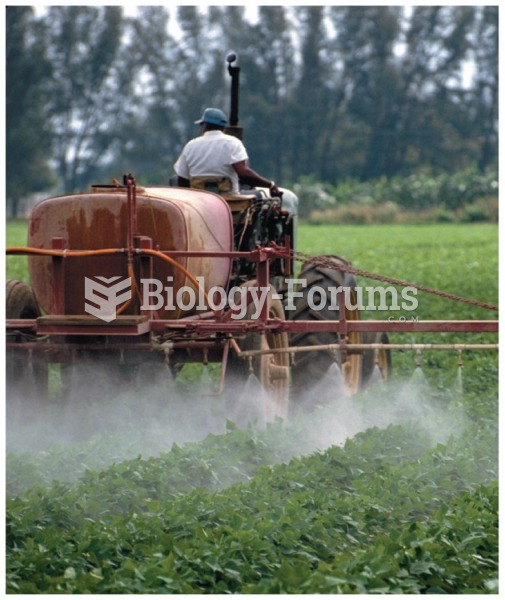Answer to Question 1
Answer: The physical environment strongly influences the food preferences of societies. Humans eat mostly plants and animals that can be grown or raised on the soil and water of a region. Inhabitants of a region must consider the soil, climate, terrain, vegetation, and other environmental features in deciding to produce particular foods. People refuse to eat particular plants or animals that are thought to be strongly linked to negative forces in the environment.
There are a lot of religious taboos regarding food. And these, it is believed, have their roots in environmental considerations.
Jews and Pork: It is believed that biblical taboos arose partially from concern for the environment by the Hebrews, who lived as pastoral nomads in lands bordering the eastern Mediterranean. The prohibition of the pig, for example, is partly because it is more suited to sedentary farming than pastoral nomadism. It was also because pork spoils very quickly in hot climates, such as the Mediterranean.
Muslims and Pork: Muslims are enjoined not to eat pork. Just like Jews, the religion originated in the same region as the Jews. Pigs would compete with humans for food and water without offering compensating benefits, such as being able to pull a plow, carry loads, or provide milk and wool. Widespread raising of pigs would be an ecological disaster in the deserts of Southwest Asia and North Africa.
Hindus and Beef: In India, most Hindus do not eat beef. Sanctions against consuming cows is explained in part by the need to maintain a large supply of oxen, the traditional choice for pulling plows as well as carts. These animals are needed in large numbers in India because every field needs to be plowed at approximately the same time when the monsoons arrive. The very narrow window for ploughing the fields, therefore makes it necessary for a large supply of oxen to be maintained.
The environment not only influences what to avoid, but also what to eat. Here are some examples:
Soybean in Asia: Soybeans are widely grown in Asia, but because soy is toxic and indigestible when eaten raw, lengthy cooking is required to make it edible. The problem is that with scarcity of fuel, a number of adaptations were needed to make soy a viable food source. These include bean sprouts (germinated seeds), soy sauce (fermented soybeans), and bean curd (steamed soybeans).
Quick frying Foods in Italy: In Europe, traditional preferences for quick frying foods resulted in part from fuel shortages in Italy.
Slow Cooking in Northern Europe: In Northern Europe, an abundant wood supply encouraged the slow stewing and roasting of foods over fires, which also provided home heat in the colder climate.
Answer to Question 2
Answer: FALSE







